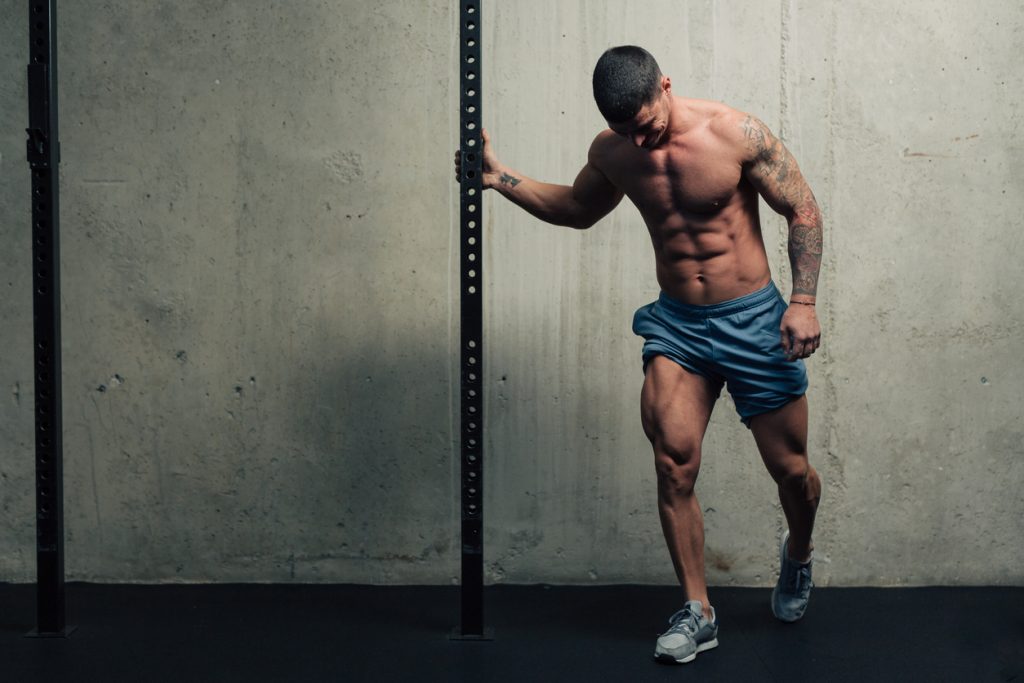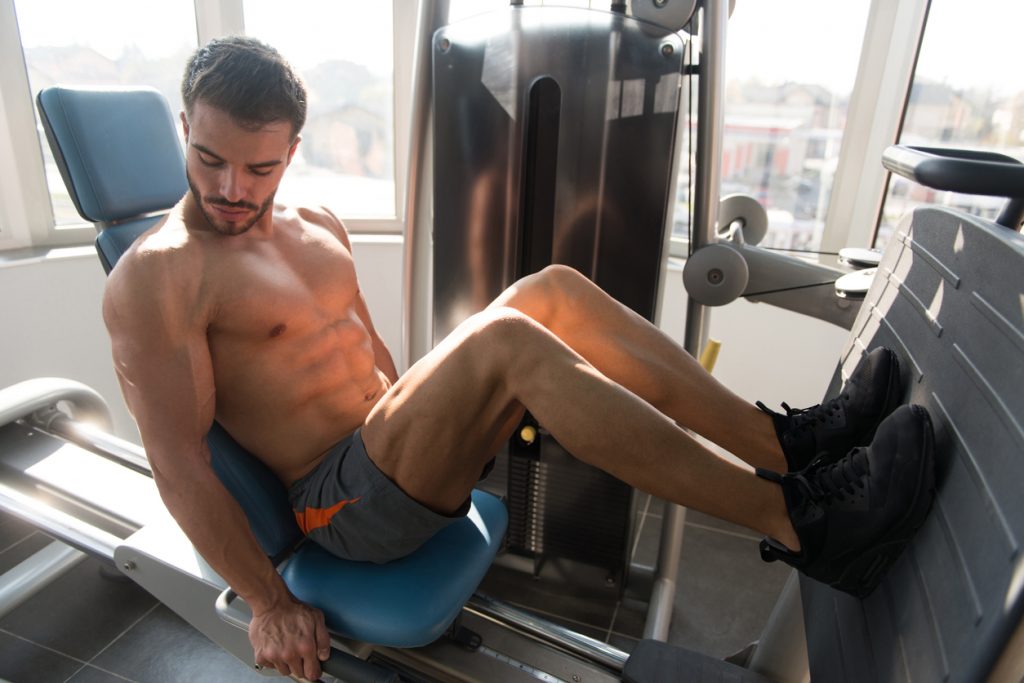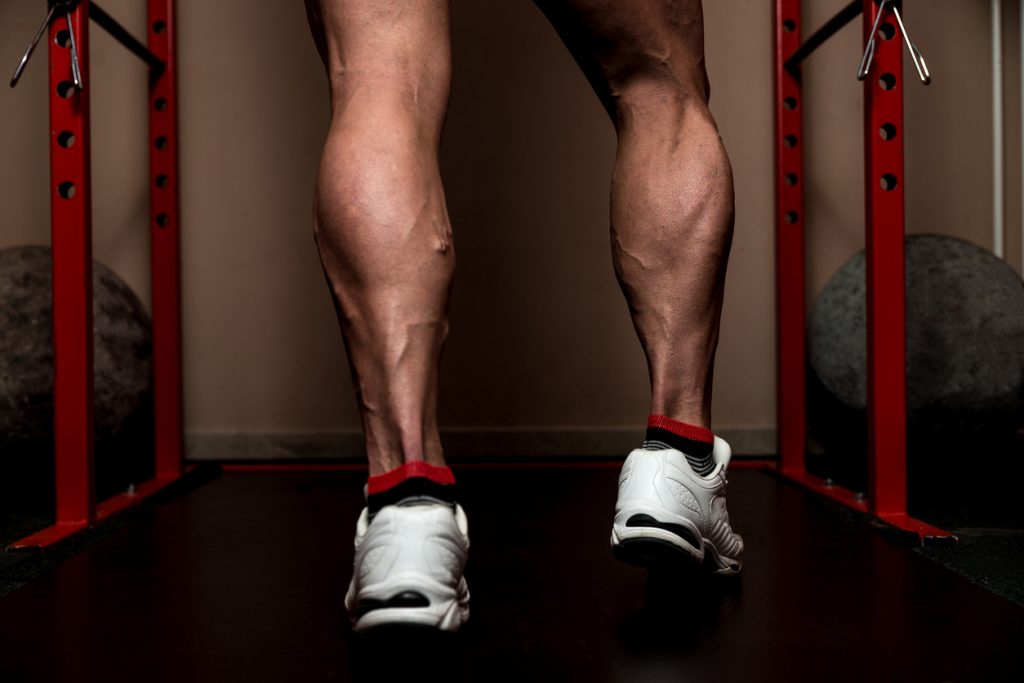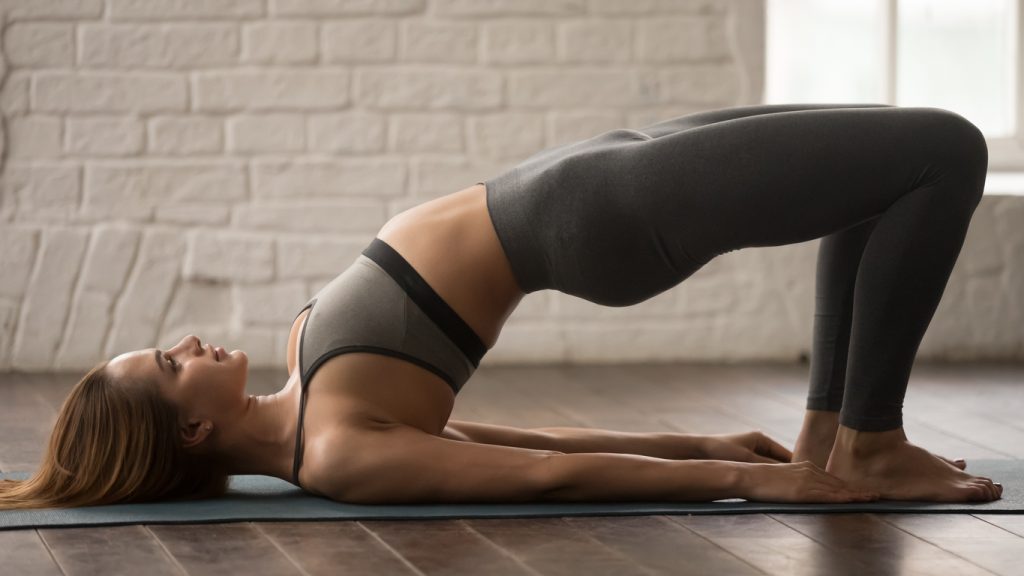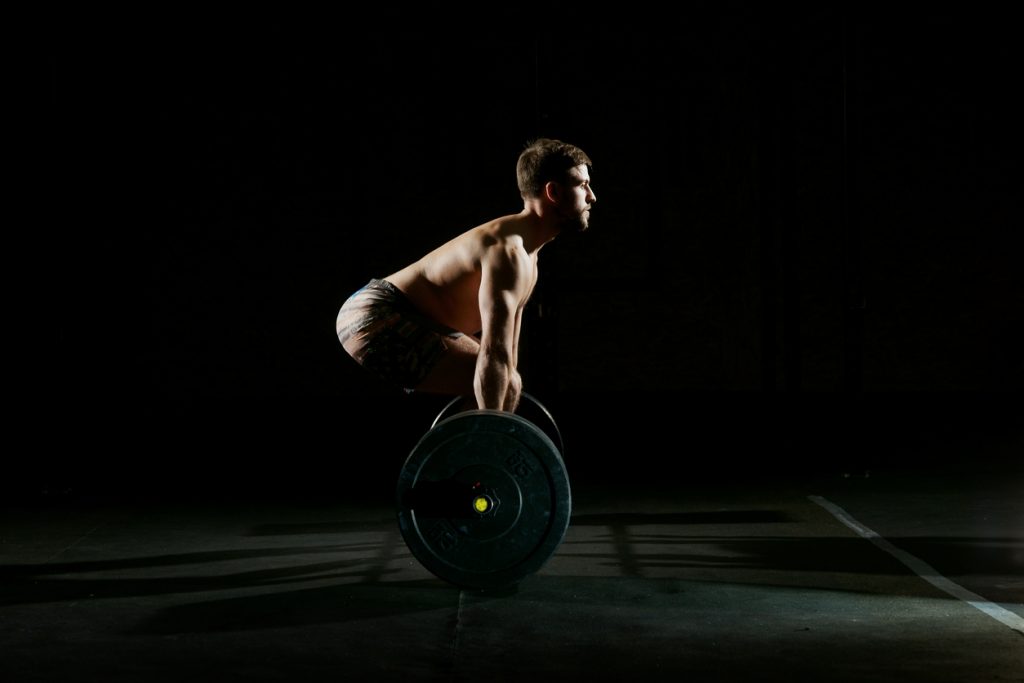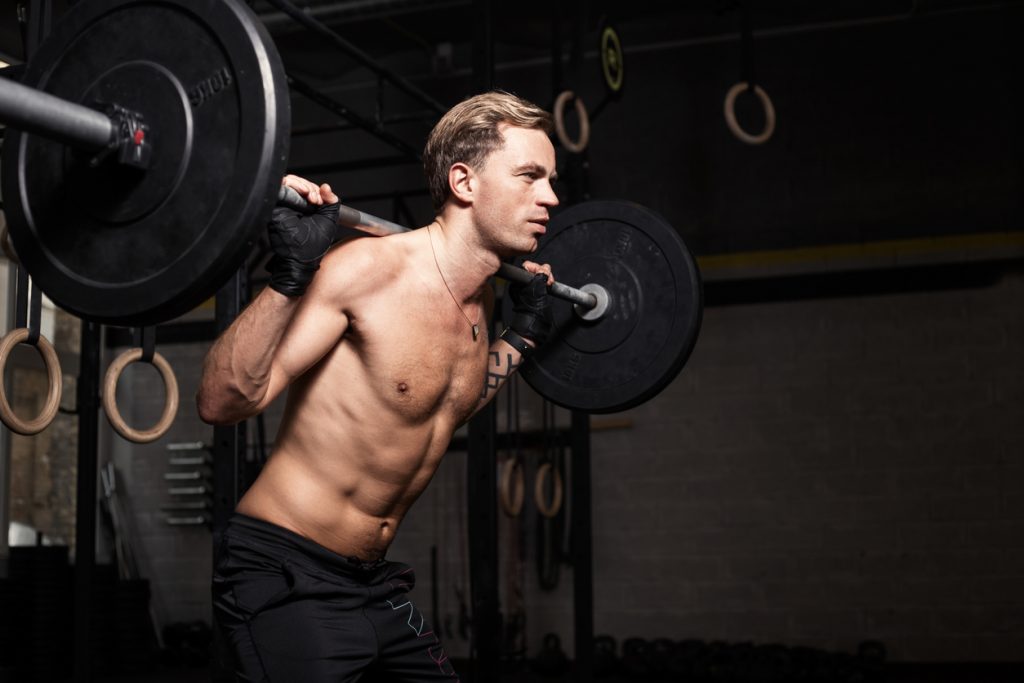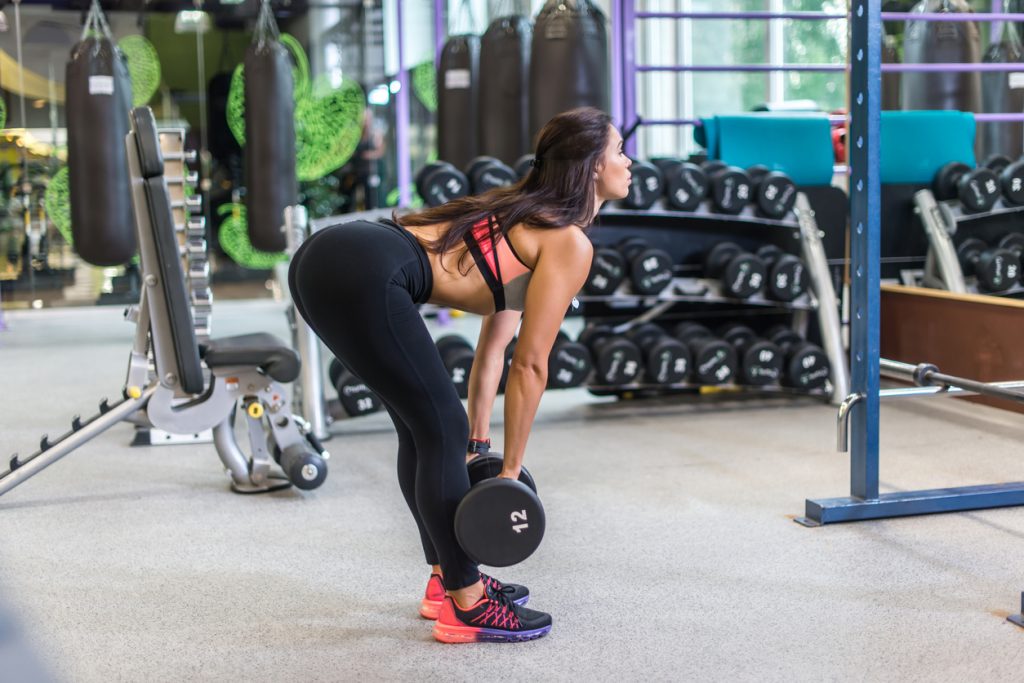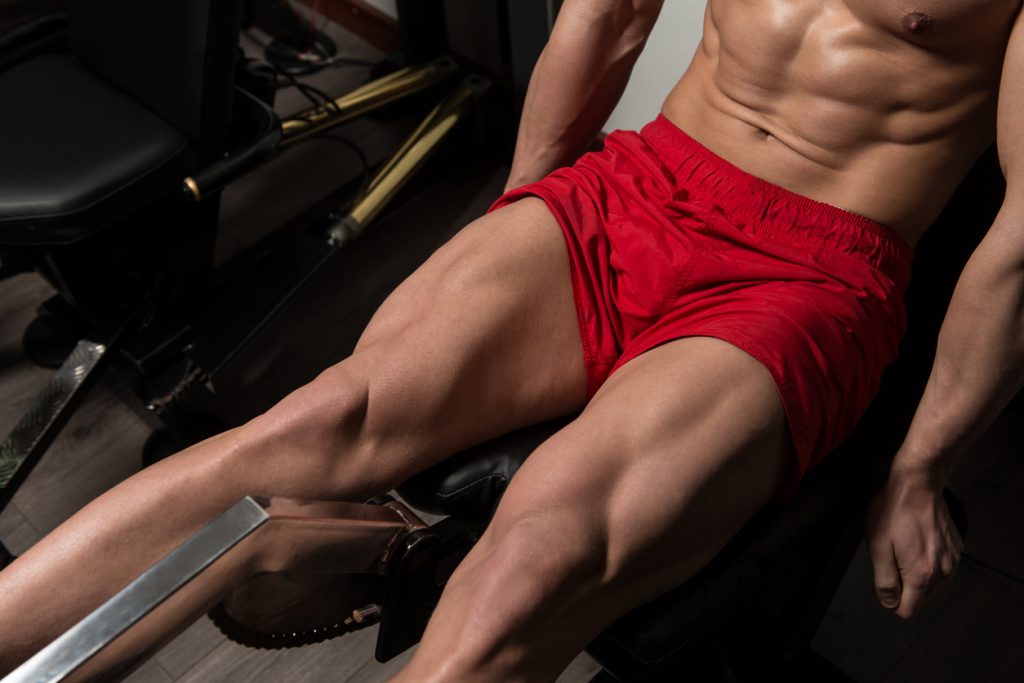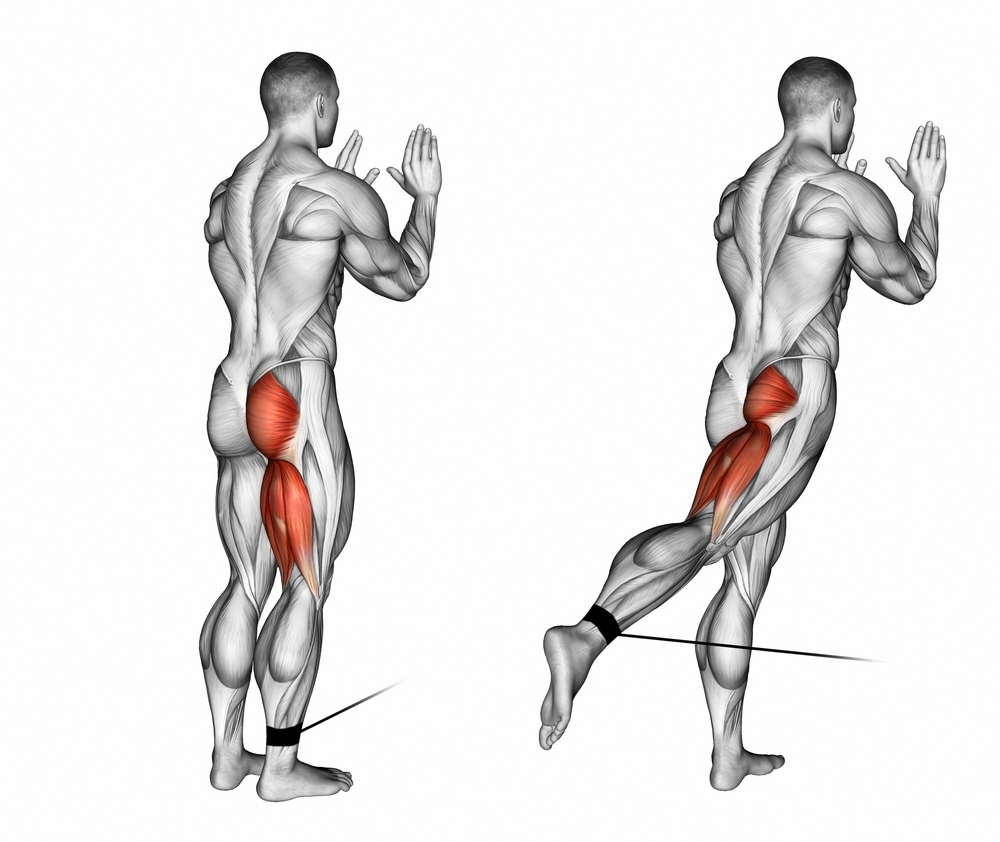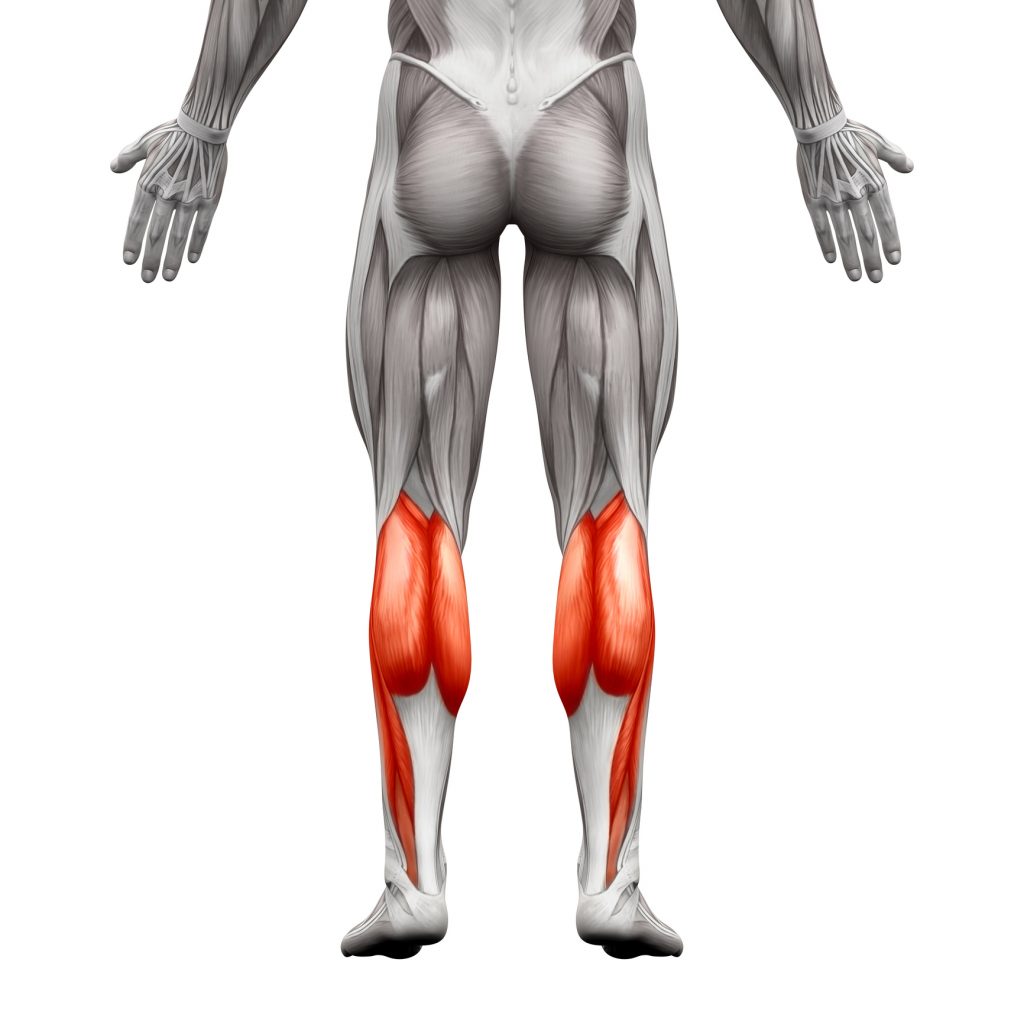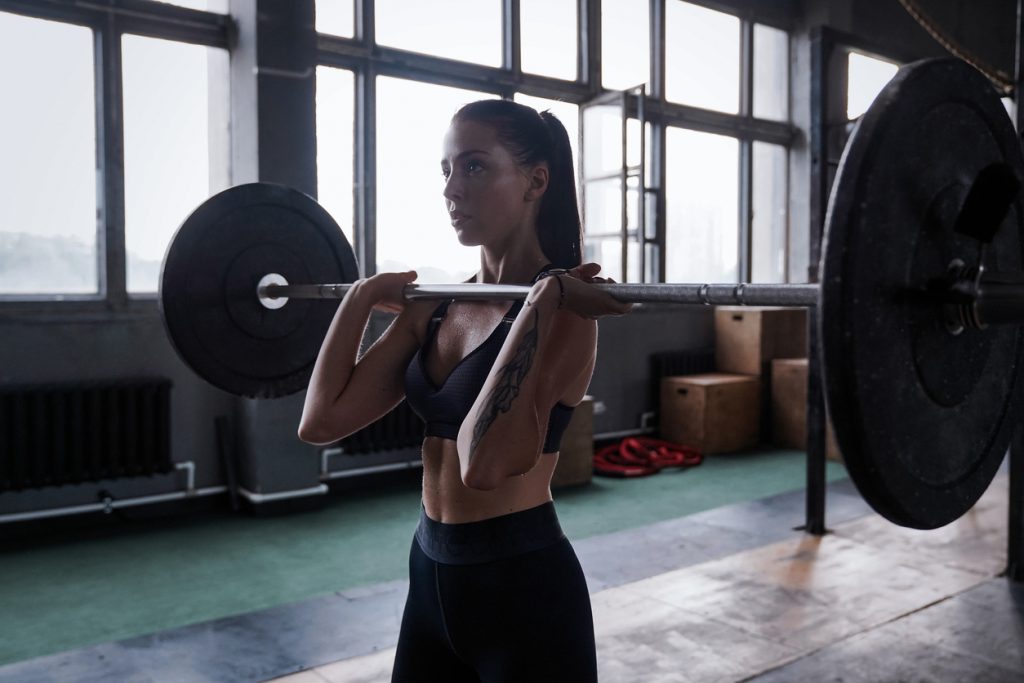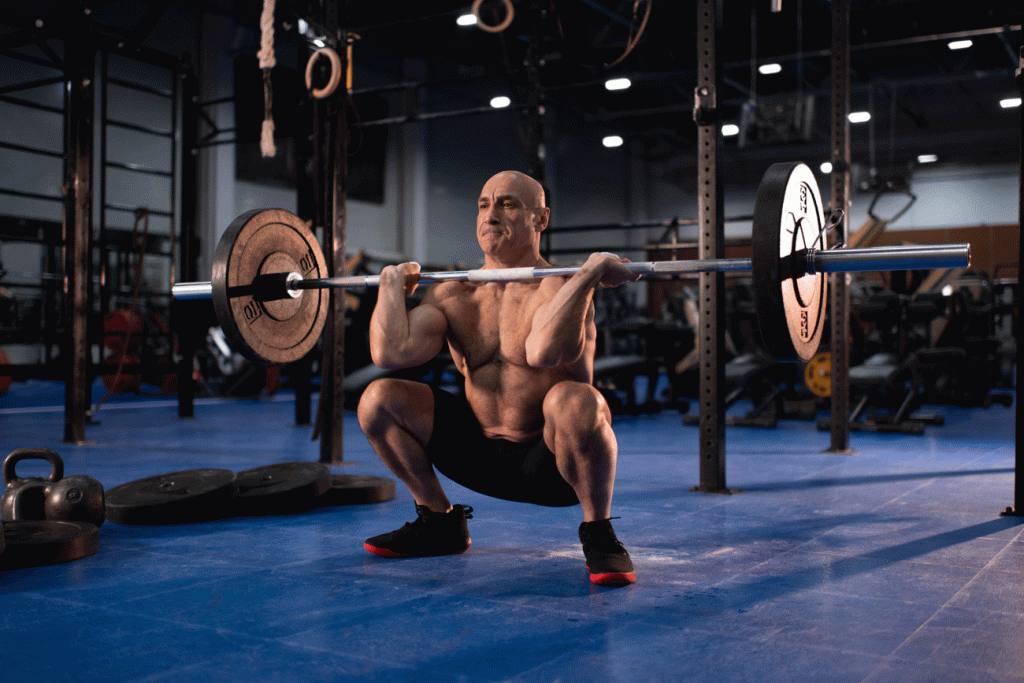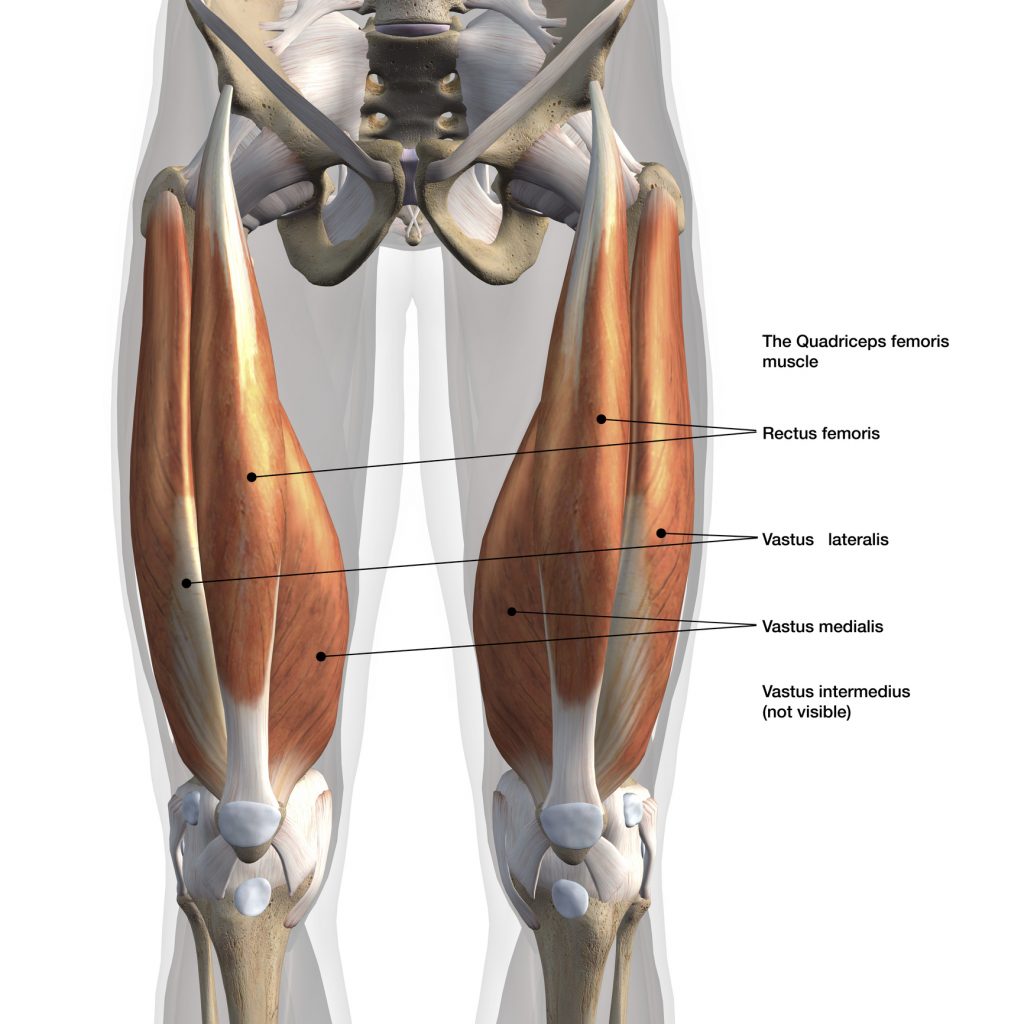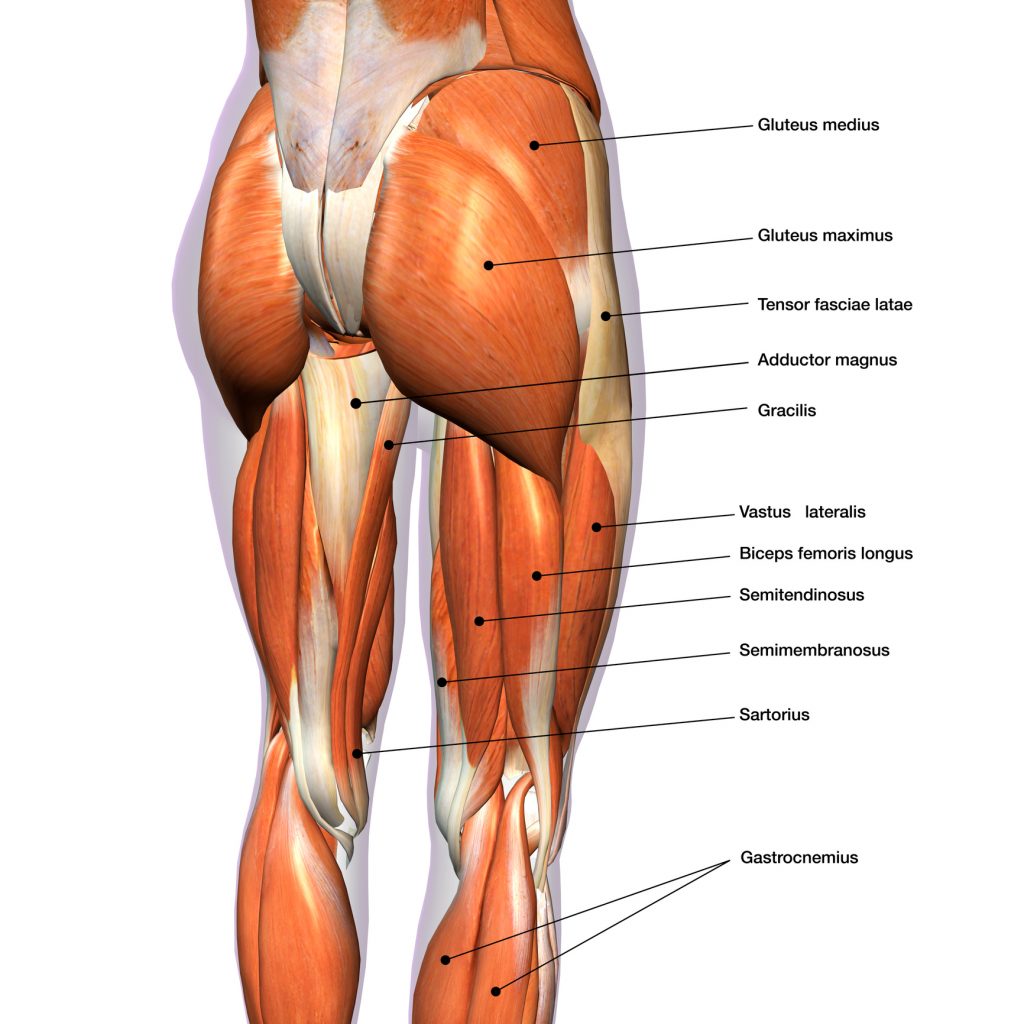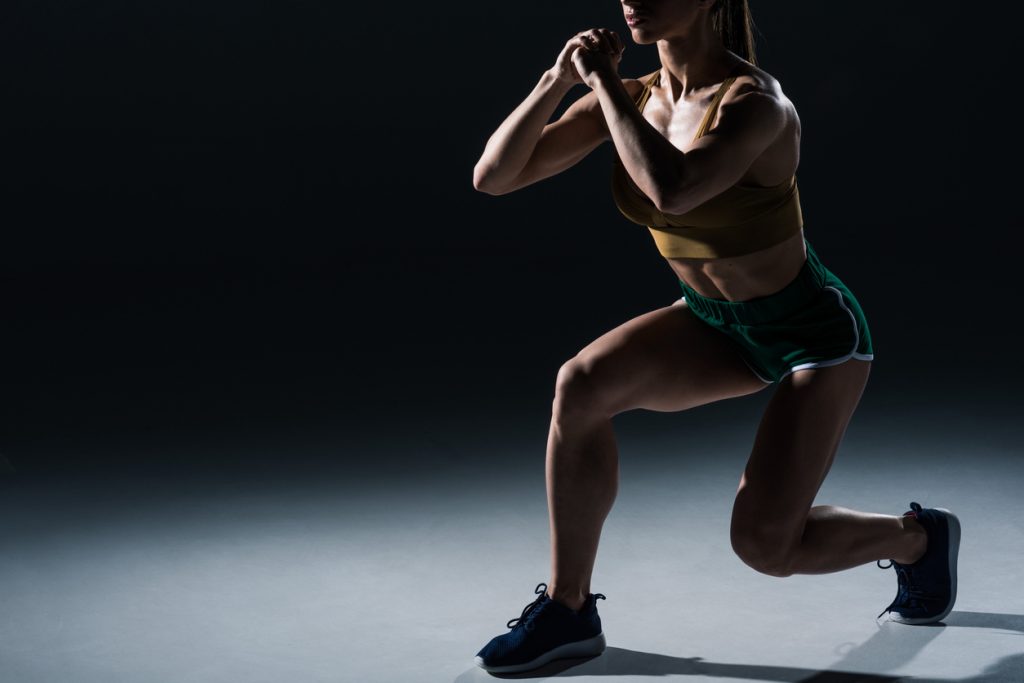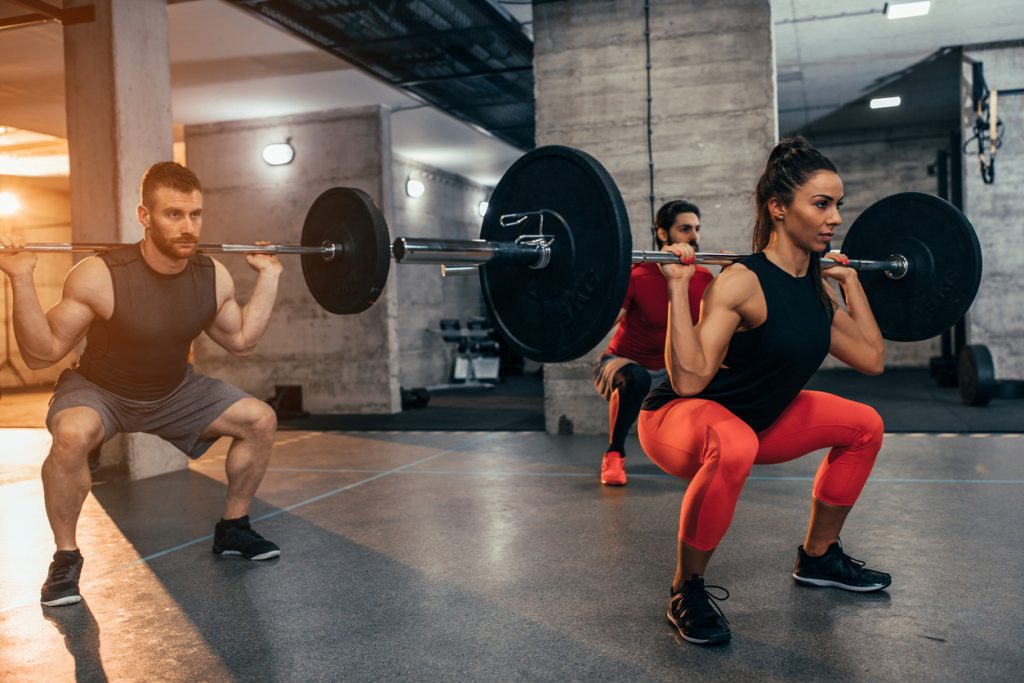When it comes to physical training, knowledge of the human anatomy is important. This is because it allows the right areas of the body to be used for the right purpose, through the right exercises. However, this understanding is often insufficient among sports enthusiasts.
In particular, although the thighs are often targeted by sportsmen and women, most do not have the necessary knowledge of how the thigh muscle works, namely the quadriceps, and more specifically the vastus medialis.
General physiology of the quadriceps
The quadriceps is a group of muscles located in the anterior compartment of the thigh. It consists of 4 muscles, one of which is the vastus medialis. The quadriceps forms the anterior extensor apparatus, while the posterior extensor apparatus is formed by the biceps femoris and gastrocnemius (calf).
The quadriceps functions more as a closed chain as a frenator, i. e. as an anti-flexor rather than a pure extensor. This property of the quadriceps, making it capable of supporting the body weight, could be an explanation for human evolution on two legs. Indeed, this feature allows this anterior chain of the lower limb to be hypertonic.
General information on the vastus medialis, types of connections
Origin: The vastus medialis originates along the line of acrimony, on the outer edge of the medial lip, and on the lesser trochanter. It is attached by the tendon blade. Termination: the medial vase terminates at the patella or kneecap, on its superior medial border.
It is connected to this by the global junction of the quadricipital tendon as well as on the superior end of the tibial tendon. Specifically, the vastus medialis is connected to the homolateral oblique ridge of the tibial tendon for direct fibres, and contralateral for crossed fibres by tendon fibres.
The vastus medialis in relation to the patella
The muscles that make up the quadriceps meet in a single tendon above the patella or suprapatellar tendon. However, the fleshy fibres of the vastus medialis run lower than those of the vastus lateralis. In addition, the lower fibres of the vastus medialis are more inclined (vastus medialis oblique).
This obliqueness counteracts the lateral deviation of the patella due to the angulation of the quadriceps and the patellar tendon. G. Paturet describes a tendinous blade within the fibres of the vastus medialis. This gives this muscle a penniform appearance which favours its power. These tendon blades are numerous in this muscle, facilitating the gliding planes between the tendons.
To increase joint stability, the infra patellar tendon is different from the quadricipital tendon. In fact, the infra patellar tendon is formed from the union of the suprapatellar ligament, the tendon fibres of the rectus femoris, and the remaining fibres of the vastus lateralis and vastus medialis.
The vastus lateralis and vastus medialis each insert on their own side for direct fibres but send tendon expansions crossing with the direct fibres of the opposite vastus. They contribute to the overall articular stability of the leg by forming a transverse strap at the knee level while keeping the patella in its mobility axis.
How to target the vastus medialis during training?
The vastus medialis and vastus lateralis act synergistically in stability and provide a protective strap for the infra patellar tendon.
Thus, stimulating this muscle alone would be next to impossible. However, the following exercises may be useful. Pure work on the end of the leg extension (participates in locking the knee complex with the action of the tensor fascia latta). As the vastus medialis is an accessory muscle to the abduction of the leg segment, the abductor machine in the gym can also help develop this part of the quadriceps. Another way of stimulating the vastus medialis can be electrostimulation.
Although it is impossible to hypertrophy the area using this technique alone, it can tone the targeted muscle portion. This can be useful in the case of a specific pathology of this muscle. In the case of patellofemoral syndrome, toning the vastus medialis can be a great relief.
Indeed, a dysfunction can be responsible for a tendency to subluxation by increasing the angle between the quadriceps tendons and the knee.
Thus, the use of neuro-proprioceptive taping can be interesting in recurrent cases of dislocation and subluxation. The tape will be placed on the medial part of the quadriceps. In conclusion, it is difficult to use the vastus medialis alone.
This is due to its insertions and connections with the quadricipital tendon on the upper part of the patella. Therefore, there is no need to change the traditional squat position with the intention of challenging the vastus medialis.
On the contrary, repeated non-physiological movement can lead to tendon inflammation and long-term gonarthrosis. However, the vastus medialis can be targeted and toned using an abductor machine, as well as leg extension.

